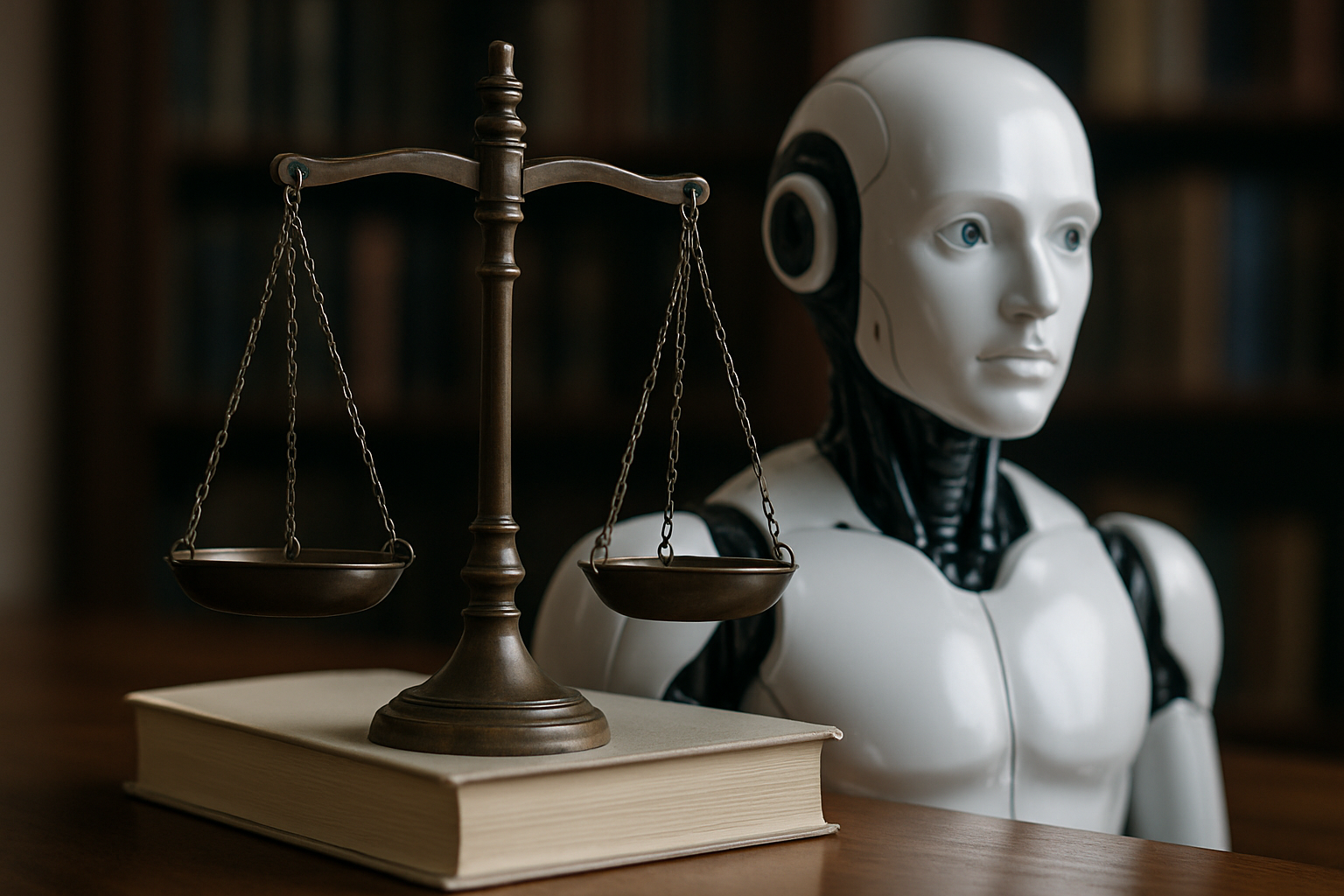Decoding the Legal Intricacies of Algorithmic Bias
Introduction: As artificial intelligence permeates our legal systems, the specter of algorithmic bias looms large. This article delves into the complex legal landscape surrounding AI-driven decision-making in courtrooms and law enforcement, exploring the challenges of ensuring fairness and accountability in an increasingly automated justice system.

Understanding Algorithmic Bias in Legal Contexts
Algorithmic bias occurs when an AI system produces unfair or discriminatory outcomes, often due to flaws in the data used to train the system or biases inherent in its design. In legal settings, this can manifest in various ways, such as disproportionately flagging certain racial groups as high-risk for recidivism or unfairly targeting specific neighborhoods for increased police presence. The crux of the legal challenge lies in detecting and proving such bias, as the complex nature of machine learning algorithms often makes their decision-making processes opaque and difficult to scrutinize.
Legal Frameworks Addressing AI Bias
Currently, there is no comprehensive federal legislation in the United States specifically addressing algorithmic bias in the legal system. However, existing anti-discrimination laws, such as the Equal Protection Clause of the 14th Amendment and Title VI of the Civil Rights Act, provide some legal grounds for challenging biased AI systems. Additionally, some states have begun to enact laws requiring transparency and accountability in the use of AI in government decision-making. For instance, New York City passed a law in 2021 mandating audits of automated employment decision tools for bias.
Challenges in Litigating AI Bias Cases
Proving algorithmic bias in court presents unique challenges. Traditional legal tests for discrimination, such as disparate impact analysis, may not be easily applicable to AI systems. Courts must grapple with questions of standing, causation, and remedies in cases involving complex algorithms. Moreover, the proprietary nature of many AI systems used in legal settings can make it difficult for defendants to access the information necessary to challenge these tools effectively. This has led to calls for increased transparency and explainability in AI systems used in the justice system.
Regulatory Approaches and Policy Considerations
As the legal community wrestles with these issues, various regulatory approaches are being considered. Some advocate for a proactive approach, requiring AI systems used in legal decision-making to undergo rigorous testing and certification before deployment. Others propose ongoing monitoring and auditing of these systems to detect and correct biases over time. There are also discussions about establishing specialized courts or tribunals with the technical expertise to adjudicate AI-related cases effectively.
The Role of Legal Ethics in the Age of AI
The integration of AI into legal processes raises important ethical considerations for legal professionals. The American Bar Association has begun to address these issues, emphasizing the duty of technological competence for lawyers. This includes understanding the capabilities and limitations of AI systems used in legal practice. As AI becomes more prevalent, legal ethics rules may need to evolve to encompass responsibilities related to the use and oversight of these technologies.
International Perspectives on AI in Law
The challenge of addressing algorithmic bias in legal systems is not unique to the United States. Countries around the world are grappling with similar issues, leading to a diverse array of legal approaches. The European Union, for example, has proposed the Artificial Intelligence Act, which would classify AI systems used in legal settings as high-risk and subject them to strict requirements. Comparative analysis of these international approaches can provide valuable insights for developing effective legal frameworks to address AI bias.
The Future of AI Governance in Legal Systems
As AI continues to evolve, so too must the legal frameworks governing its use in the justice system. There is growing recognition of the need for interdisciplinary collaboration between legal experts, computer scientists, and ethicists to develop comprehensive solutions. Future developments may include the establishment of AI ethics boards within legal institutions, the creation of standardized testing protocols for AI systems used in law enforcement and courts, and the development of new legal doctrines specifically tailored to address the unique challenges posed by algorithmic decision-making in legal contexts.
In conclusion, the intersection of AI and law presents both unprecedented opportunities and complex challenges. As we navigate this new terrain, it is crucial to strike a balance between leveraging the benefits of AI and safeguarding the fundamental principles of fairness and justice that underpin our legal system. The ongoing dialogue surrounding algorithmic bias in legal contexts will undoubtedly shape the future of jurisprudence in the digital age.





